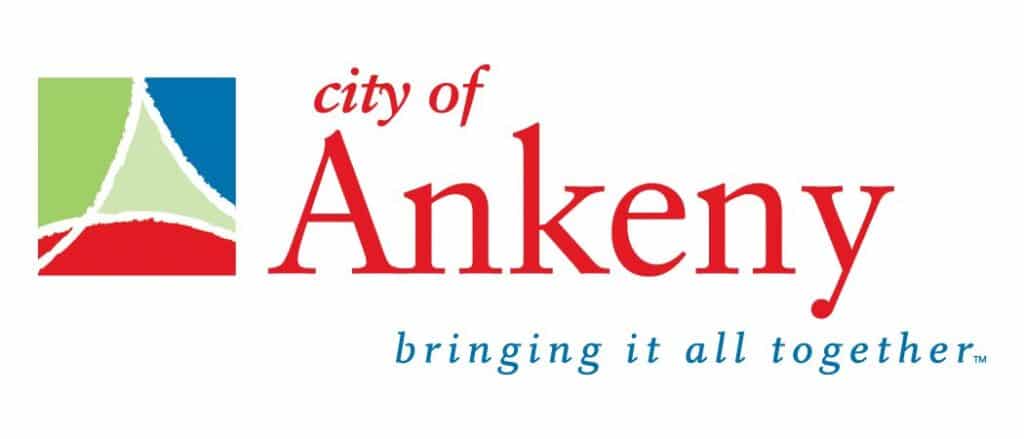Government bailout not so toxic after all

The U.S. Treasury Department’s toxic asset funds have gained 27 percent since they were created to help revive the mortgage-backed securities market, according to data expected to be released today, Reuters reported.
As part of the government’s $700 billion bailout program, the funds were set up to remove illiquid securities from banks by matching private capital with taxpayer money and Treasury Department loans via funds run by private investment managers.
The government has been recouping taxpayers’ money, Reuters said.
The eight toxic asset funds, run by asset managers such as BlackRock Inc, Invesco Ltd. and Marathon Asset Management, are all profitable.
Since the funds were established in 2009, they have used about $5.2 billion of the government’s equity investment to buy toxic assets. As of the end of 2010, the funds have gained $1.1 billion to put their total value at about $6.3 billion, according to the data.
Including some $300 million in equity distributions, the Treasury Department’s investment increased by 27 percent or $1.4 billion, according to the data.
The Treasury Department had initially proposed buying up to $1 trillion in illiquid mortgage-related securities to help clean up banks’ balance sheets. But the program was scaled down considerably as banks proved they could attract private capital in both the equity and debt markets without first selling off illiquid securities.
As of Dec. 31, 2010, the funds had about $29.4 billion of purchasing power and had drawn down about 70 percent of the total amount, according to the data.









